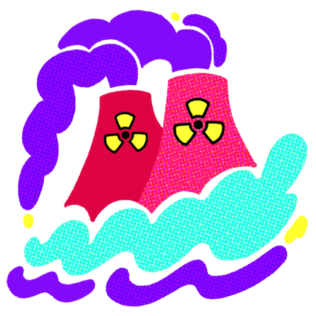For women embarking on scientific careers midway through the 20th century, stepping into these spaces also meant treading significant obstacles. These explorers, be it land, ocean, or atmosphere, first required persistence to break societal barriers that limited women to more domestic domains.
Geodesist Dr. Gladys West, oceanographer Dr. Katsuko Saruhashi, and meteorologist Anna Mani are three pioneers we’re celebrating this Women’s History Month who defied these constraints, expanding our scientific knowledge and paving the way for future generations of women in STEM.
Dr. Gladys West
“I always made sure to do things just right, to set an example for other people who were coming behind me, especially women.”
As an African American woman whose career spanned the 1950s to the 1990s, Dr. Gladys West faced racial segregation and gender discrimination firsthand. But she didn’t let this treatment undermine her resolve to venture beyond her family’s small farm in Virginia. Believing education would open new opportunities, Dr. West excelled in her studies, earning a full-ride scholarship to study mathematics at Virginia State. She soon journeyed much further, ultimately measuring and mapping Earth’s surface to form a mathematical model that simulates the planet’s shape, position, terrain, and gravity field—a geodetic reference system.
While working at the Naval Proving Ground in Dahlgren—whose location she initially could not locate on a map—West developed innovative data processing techniques instrumental to creating the Global Positioning System (GPS). Utilizing the geoid models she piloted, GPS to this day forms a constellation of at least 24 satellites orbiting Earth, positioned so that every individual may receive signals from at least four of these satellites at any given time.

Available for civilian use since the 1980s, GPS has become a ubiquitous free tool for personal navigation, transportation, and even geocaching. In 2018, Dr. West was inducted into the U.S. Air Force Space and Missile Pioneers Hall of Fame for her extraordinary contributions to geodesy.
Anna Mani
“My being a woman had absolutely no bearing on what I chose to do with my life. What is this hoopla about woman and science?”
An avid reader since childhood, physicist and meteorologist Anna Mani rejected a customary pair of diamond earrings on her eighth birthday, asking for a set of encyclopedias instead. Prioritizing her studies over the traditional interests of 20th century Indian women, she often encountered gender inequity and found herself repeatedly restricted and separated from her male colleagues in the laboratory.
After an open internship introduced Mani to the field of meteorological instrumentation, she soon began to shine in weather forecasting design, given her commitment to precise measurement and accurate calibration. Following her studies in London, Mani began working on instruments at the Indian Meteorological Department, where she eventually became head of her division, directing over 120 men to develop almost 100 different instruments.

One of her many great achievements included identifying the significance of the ozone layer. She invented and built a reliable ozonesonde, which was used by British geophysicist Joseph Farman in his Nobel Prize-winning discovery of a large “hole” in the ozone layer. She continued chasing her interest in exploring renewable energy sources by setting up a network of solar radiation and wind energy stations across India, traveling to these remote areas herself with a small team.
Dr. Katsuko Saruhashi
“I wanted to highlight the capabilities of women scientists. Until now, those capabilities have been secret, under the surface.”
Even after establishing herself as a great scientist, geochemist Dr. Katsuko Saruhashi was underestimated by her male peers. When she was invited to work at the Scripps Institution of Oceanography at UC San Diego, Saruhashi was told to work in a wooden hut rather than commute to campus. Yet, this patronization did not deter her from pursuing outstanding marine and environmental research.
Dr. Saruhashi’s most notable work investigated the exchange of carbon dioxide between the atmosphere and oceans. Measuring the amount of carbon dioxide absorbed by seawater at different temperatures, pH, and chlorine levels, she developed a fundamental reference system known as Saruhashi’s Table. And by studying radioactive isotopes in seawater following nuclear weapons testing, she raised safety and environmental concerns of radioactive fallout.

Soon after becoming director of Japan’s Geochemistry Research Laboratory, Dr. Saruhashi became the first woman elected to the Science Council of Japan in 1980. She championed female scientists throughout her career, founding the Society of Japanese Women Scientists in 1958 and the Association for the Bright Future of Women Scientists in 1980. After retiring, she established and funded the Saruhashi Prize for Japanese female researchers who serve as role models.
Artwork by Rachel Garcera
